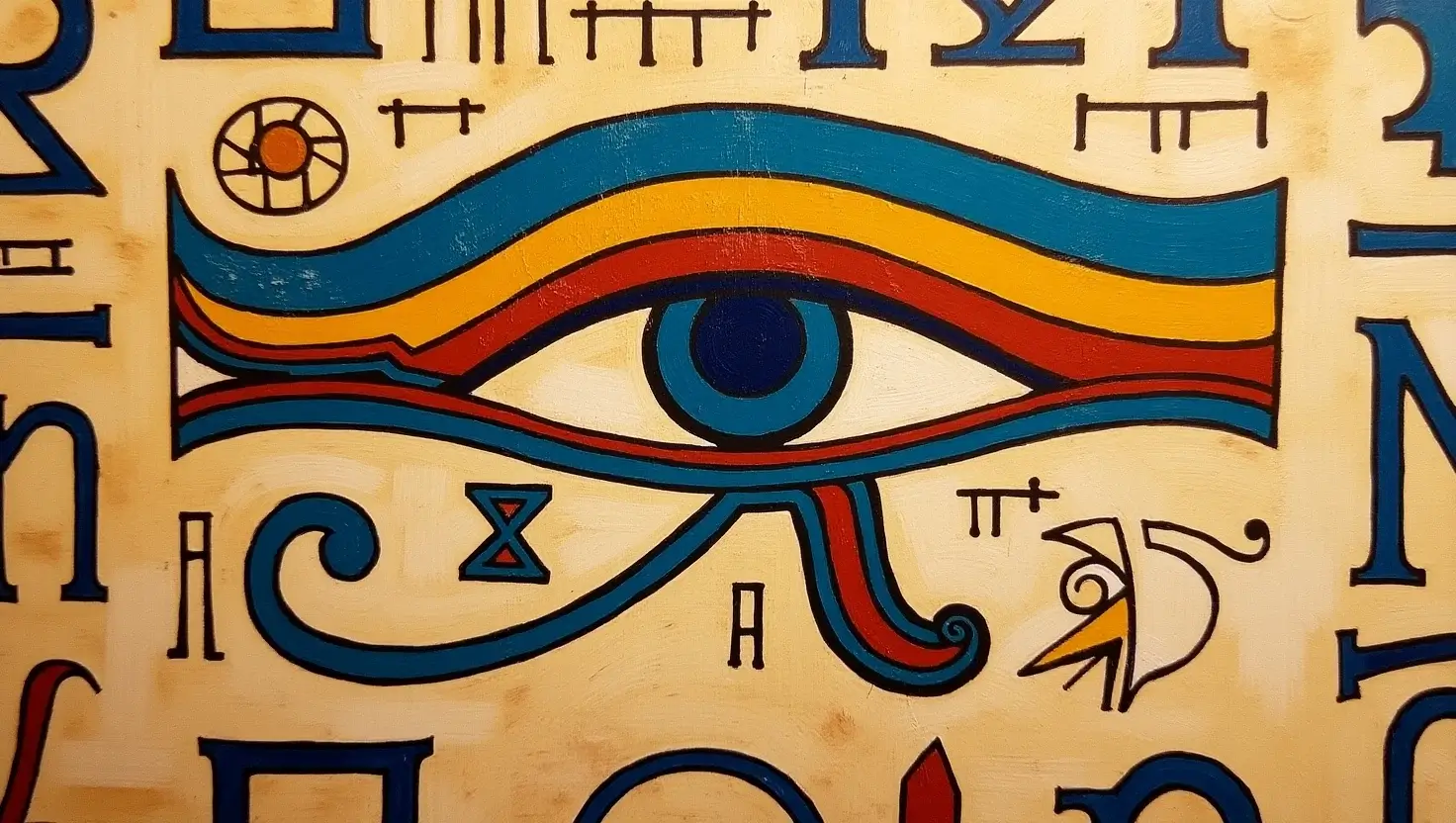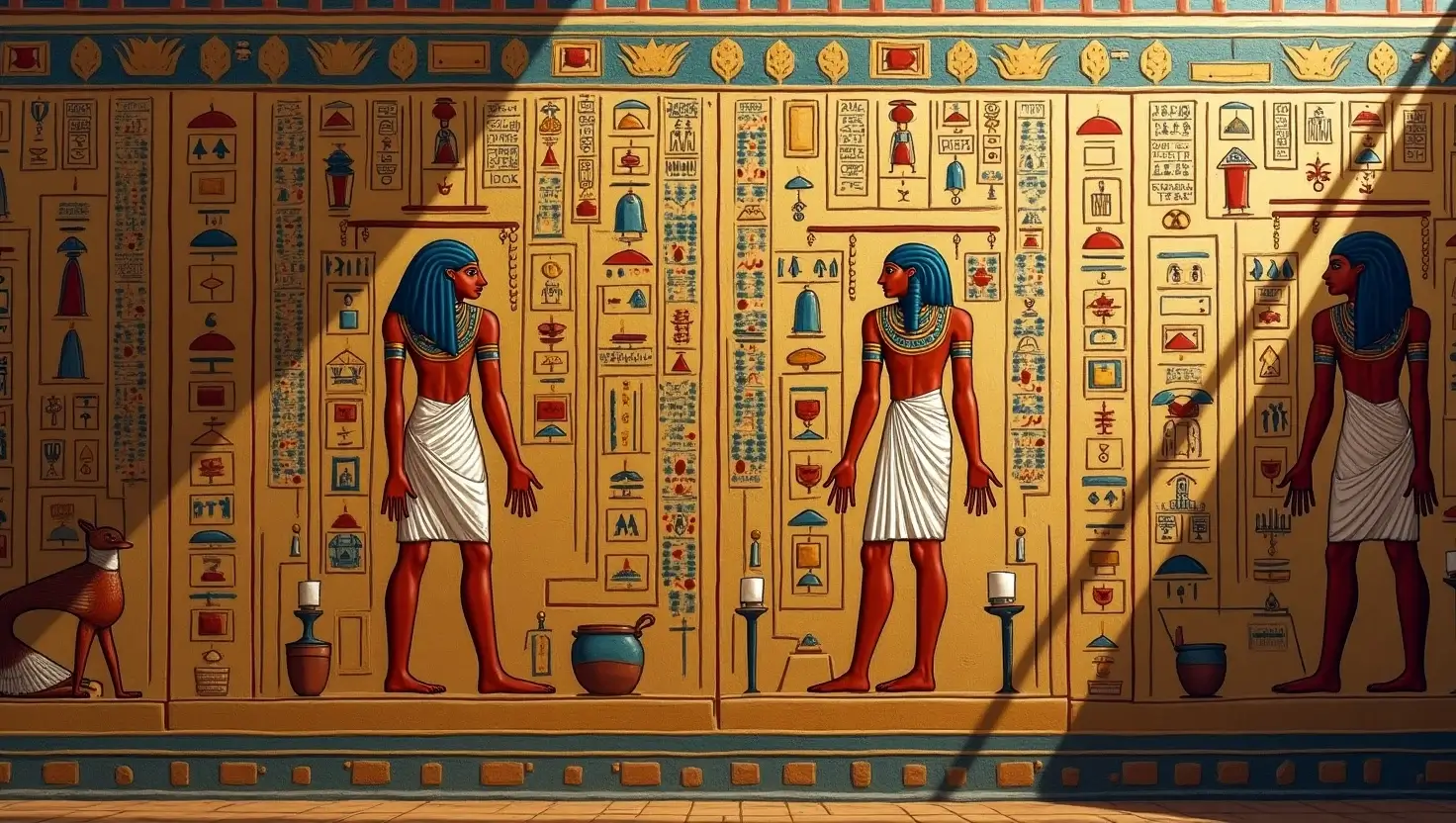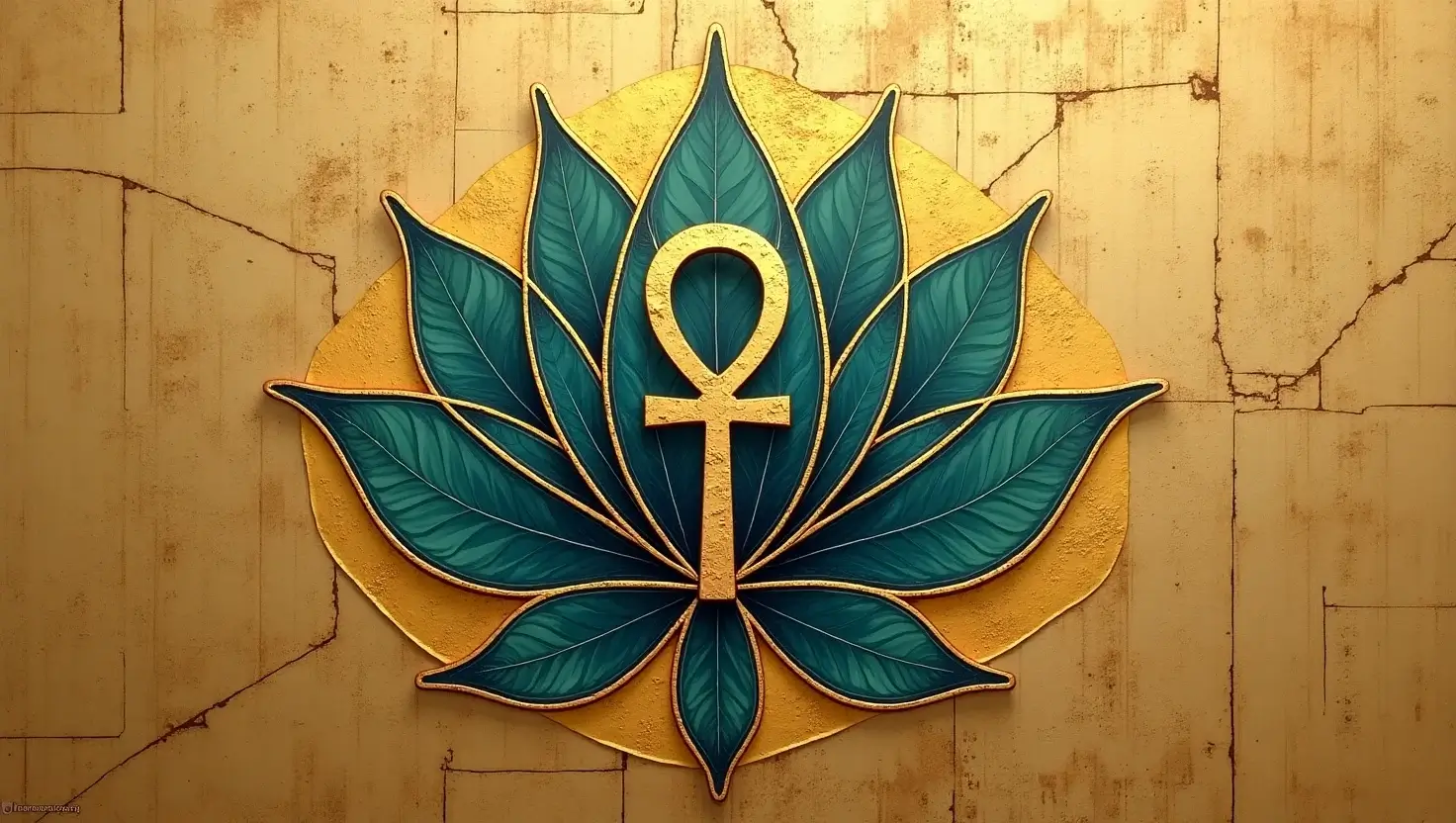Over $50 billion worth of ancient art artifacts are currently preserved in major global museums, according to UNESCO data. And that’s just the tip of the pyramid. From New York’s MET to Paris’s Louvre, galleries overflow with relics from civilizations long gone—but their impact is far from buried. Welcome to the world of Ancient Artz, where timeless creativity still shapes modern design, fashion, and digital storytelling.
So, what makes ancient visuals so enduring? It’s the rich cultural legacy, the intricate stories conveyed through religious iconography, burial art, and hieroglyphic inscriptions, as well as the symbolism in art. These masterpieces weren’t just decorations—they were sacred messages, complex systems of belief etched into stone and pigment.
Examine the Ankh, the Eye of Horus, or the lotus blossom in greater detail. These motifs, rooted in Ancient Egyptian art, dominate modern tattoo culture, luxury branding, and even high fashion—appearing in nearly 70% of ancient-inspired fashion collections according to Vogue Insights (2024).
Why are we still obsessed with these symbols? What truths about humanity do they unlock? That’s the journey we begin now—through Ancient Artz, where past and present collide.
The Origins of Ancient Art: From Cave Walls to Sacred Temples
Long before the chisel met limestone in Giza, Ancient Artz began with human hands painting on cave walls in Spain and France. These early expressions—dating back over 40,000 years—were not random but foundational to the visual storytelling that would define civilizations.
They followed emerging artistic conventions: repetition, scale, and even early forms of hierarchical proportion. At their core, they served a purpose: to communicate, commemorate, and transcend the limitations of spoken language.
As civilizations flourished—from the Mesopotamian ziggurats to the temples of Ancient Egypt—artistic techniques became more refined and symbolic. In the Indus Valley, intricate seals depicted divine animals. In Egypt, the walls of tombs and temples were filled with Pharaonic depictions that combined visual storytelling with religious depth. These weren’t just images; they were sacred narratives, encoded with mythological motifs and cosmological beliefs.
Temples were not only religious centers but also massive galleries of public Ancient Artz. Consider Luxor or Karnak, where every square inch is engraved with images of gods, conflicts, and ceremonies—symbols of cosmic order and divine might. This evolution reflects how Ancient Artz became central to societal identity, spiritual practice, and governance.
Even today, archaeological exhibitions in institutions like the British Museum and The Louvre showcase these treasures—testament to the eternal power of Ancient Artz.
Symbolism in Ancient Egyptian Art: Meaning Behind the Motifs
Ancient Artz is renowned not only for its beauty but also for the profound symbolism in art that imbues each piece with layered meaning. These symbols served as a visual language, conveying complex spiritual and cultural messages that transcended time.
The Ankh, sometimes referred to as the “key of life,” is among the most potent symbols. This hieroglyphic symbol for perpetual life was commonly portrayed in the hands of pharaohs and gods to represent their divine ability to bestow immortality. Another enduring motif is the Eye of Horus, a symbol of protection and royal power, believed to ward off evil and bring healing. The Scarab beetle represents rebirth and regeneration, often appearing in funerary art to signify the deceased’s journey through the afterlife.

The lotus flower symbolizes creation and renewal, reflecting the cyclical nature of life and rebirth as it closes at night and blooms anew at dawn. This motif appears frequently in religious art and temple decorations, reinforcing themes of resurrection.
Color symbolism was equally important: green signified fertility and growth, blue represented divinity and the heavens, while black was associated with the afterlife and resurrection, linking to the fertile soil of the Nile. These colors enhanced the spiritual narrative embedded in religious iconography and funerary art, where gods, goddesses, and mythological themes came alive through vivid hues.
Together, these symbols formed a visual system that communicated religious beliefs and cultural values, making Egyptian art a profound testament to their worldview.
The Role of Religion and Myth in Ancient Art
Religion and mythology were at the heart of Ancient Artz, profoundly influencing both its content and style. Central deities such as Osiris, god of the afterlife, and Horus, the sky deity, were depicted repeatedly to embody spiritual ideals and cosmic order.
In tomb paintings and statues, Osiris is frequently portrayed as the judge of the dead, ensuring the deceased’s safe transition to the afterlife. Meanwhile, Horus symbolizes kingship and divine protection, often portrayed as a falcon or with a falcon head, signifying the link between the heavens and earthly rule.
The concept of Ma’at, representing truth and justice, was not just a philosophical ideal but a guiding principle for art. Artistic conventions such as hierarchical proportion—where pharaohs and gods are depicted larger than ordinary humans—reflect this divine order. Art was a tool to reinforce social and cosmic harmony, portraying the king as the upholder of Ma’at.
Religious iconography served as a narrative device to communicate complex spiritual stories visually. Scenes from mythological tales adorned temples and tombs, allowing viewers to engage with divine themes and rituals. Studies by the Smithsonian Institution and Egyptologists emphasize how Ancient Artz masterfully integrated myth and religion to create immersive environments for worship and remembrance.
Techniques & Materials Used in Ancient Masterpieces
The timeless quality of Ancient Artz is not only due to its symbolism but also the sophisticated artistic techniques and materials used. Egyptian artisans mastered several methods including stone carving, fresco painting, and papyrus illustration.
Stone carving on limestone and sandstone formed the backbone of monumental art—temple reliefs and statues were painstakingly chiseled with precision. Frescoes involved applying mineral-based pigments on wet plaster walls, resulting in vivid colors that have lasted millennia.
Materials such as gold leaf—symbolizing divine radiance—and lapis lazuli, prized for its deep blue color linked to divinity, were commonly incorporated. Linen was the primary medium for painting and was also used in burial shrouds adorned with symbolic motifs.
For hieroglyphic inscriptions, artisans used chisels and reed brushes, enabling detailed storytelling through text and images. Compared to modern art, many ancient pieces have outlasted their contemporaries due to durable materials and preservation techniques.
An important artistic innovation was the Amarna art style, which broke away from rigid traditional conventions, introducing more naturalistic and expressive forms during Pharaoh Akhenaten’s reign. This shift highlights the Egyptians’ ability to evolve while maintaining symbolic depth.
Hieroglyphs & Storytelling: Visual Language of Ancient Cultures
More than just a writing system, hieroglyphic inscriptions were an advanced visual storytelling technique that expressed rules, stories, and religious beliefs. Far from mere text, hieroglyphs combined pictorial symbols with phonetic elements to create rich layers of meaning.

Hieroglyphs adorned temples, tombs, funerary art, and even legal documents, serving both decorative and communicative purposes. They immortalized stories of gods, kings, and myths, allowing viewers to understand complex spiritual and historical accounts.
The connection between hieroglyphs, mythological motifs, and pharaonic depictions is evident in temple walls, where Ancient Artz showcases gods and rulers alongside symbols narrating their divine roles and achievements.
Another key feature in these visual stories is the use of hierarchical proportion—where the size of figures indicated their status or divinity. Pharaohs and deities appear larger than servants or animals, emphasizing their supreme power.
Common Hieroglyphic Symbols and Their Meanings
- Ankh: Symbol of life
- Eye of Horus: Protection and healing
- Scarab beetle: Rebirth and transformation
- Lotus flower: Creation and renewal
- Ma’at feather: Truth and justice
- Falcon: Divine kingship (Horus)
These symbols formed an essential part of the ancient visual language, blending art and communication to preserve cultural identity.
Cultural Significance: What Ancient Art Tells Us About Humanity
Ancient art speaks to universal themes that resonate across time and cultures—mortality, power, spirituality, and the human quest for meaning. These artistic manifestations provide insight into the conceptions of early civilizations on governance, the universe, and life and death.
The preservation of cultural heritage through ancient artworks teaches modern society about shared values and the importance of maintaining identity. Artifacts are not just historical objects; they embody collective memory and wisdom passed down generations.
Many modern movements emphasize the return of looted art to their countries of origin, recognizing the deep cultural loss that occurs when heritage is displaced. These efforts reflect a growing global respect for cultural diversity and the need to revive and protect artistic legacies.
Through ancient art, humanity finds a common language that highlights interconnectedness, reminding us of the importance of storytelling and symbolism in shaping societies.
Ancient Egyptian Art vs. Other Ancient Civilizations
While Ancient Egyptian art is celebrated for its symbolism and formal conventions, it contrasts notably with art from other ancient cultures.
| Civilization | Key Characteristics | Religious Iconography | Artistic Rules & Style |
| Ancient Egypt | Symbolic, hierarchical proportion, stylized figures | Strong focus on gods like Osiris and Horus | Strict artistic conventions, use of color symbolism |
| Ancient Greece | Realism, anatomical precision, naturalistic forms | Gods depicted with human traits | Emphasis on movement, proportion, and idealized beauty |
| Mesopotamia | Ziggurat carvings, detailed relief sculptures | Emphasis on kingship and gods like Marduk | Use of registers, stylized figures, symbolic motifs |
| Mesoamerica | Ritual masks, vibrant ceramics, glyphs | Mythological creatures, gods linked to nature | Abstract forms, ritualistic symbolism |
Ancient Artz reflects the symbolic and religious depth of Ancient Egyptian creativity, which contrasts with the Greek pursuit of realism and anatomical accuracy. While Mesopotamian art emphasizes power and divine kingship through architectural reliefs, Mesoamerican art showcases vivid, abstract forms tied closely to ritual and mythology.
Understanding these differences enriches our appreciation of how diverse cultures use art to express identity, beliefs, and social order.
Modern-Day Influence of Ancient Art in Fashion, Design, and Media
Ancient Artz continues to captivate contemporary culture, influencing fashion, design, and media in profound ways. One of the most recognizable symbols, the Eye of Horus, has found new life on jewelry pieces and tattoos, symbolizing protection and mystique. Its enduring appeal spans cultures and generations, making it a staple in modern adornment.
Lotus flowers, which in Ancient Egyptian art represented creation and rebirth, are commonly used in interior design, from sculptural components to wallpaper patterns, lending modern homes a feeling of timeless beauty and spiritual symbolism.

Color symbolism rooted in ancient traditions also persists, particularly in the luxury fashion industry. Designers at brands like Gucci and Dior incorporate shades of green for fertility and renewal, deep blues for divinity, and black to evoke mystery and sophistication. These hues not only enrich the aesthetic but connect wearers to a cultural narrative that transcends time.
Beyond fashion and decor, films, video games, and fashion lines increasingly draw inspiration from Ancient Artz. Blockbuster movies depict mythological motifs, while video games recreate pharaonic imagery and narratives, immersing players in ancient worlds. The revival of the Amarna art style—known for its break from rigid traditional norms—is also visible in conceptual art, where artists experiment with fluid forms and expressive realism, blending past and present artistic innovation.
This fusion of ancient symbolism with modern creativity keeps the legacy of Ancient Artz alive and relevant, bridging millennia and inspiring new generations.
Conclusion: Preserving Ancient Art for Future Generations
Ancient Artz is far more than historical artifacts; it is a vital link to understanding human identity, culture, and shared values across civilizations. These works tell timeless stories of spirituality, power, and creativity that continue to inspire and inform the modern world.
However, ancient art faces serious threats—climate change, armed conflict, and the illicit black market trade endanger priceless treasures. Protecting these artifacts requires collective effort, from supporting museums and conservation projects to advancing digital archiving and educational initiatives.
As noted by renowned archaeologist Dr. Salima Ikram, “Preserving ancient art is preserving our own humanity.” By preserving Ancient Artz, we protect timeless stories of humanity, ensuring that future generations can continue to learn from and be inspired by these remarkable legacies.
Frequently Asked Questions (FAQ) About Ancient Artz
What is Ancient Artz?
Ancient Artz refers to artistic creations from ancient civilizations, including sculptures, paintings, carvings, and artifacts. These works often reflect cultural values, religious beliefs, and storytelling traditions from civilizations such as Ancient Egypt, Mesopotamia, and the Indus Valley.
Why is symbolism important in Ancient Egyptian art?
Symbolism was central to Ancient Egyptian art, conveying complex spiritual and cultural messages. Symbols like the Ankh (life), Eye of Horus (protection), and Scarab beetle (rebirth) represented key concepts in religion and daily life, often appearing in funerary art and religious iconography to guide and protect the soul.
How did hieroglyphic inscriptions function in ancient cultures?
Hieroglyphs were used as a visual storytelling tool in addition to being a writing system. Used extensively in temples, tombs, and legal documents, Ancient Artz leveraged hieroglyphs by combining mythological motifs and pharaonic depictions to communicate spiritual narratives and record history.
What materials and techniques were used in ancient masterpieces?
Ancient artists used durable materials like sandstone, gold leaf, lapis lazuli, and linen. Techniques included stone carving, fresco painting, and papyrus illustration. The Amarna art style was a notable innovation, breaking from traditional rigid forms to embrace more naturalistic depictions.
How does ancient art influence modern design and fashion?
Modern designers and artists draw inspiration from Ancient Artz by incorporating symbols like the Eye of Horus and lotus flower into jewelry, tattoos, interior décor, and fashion. Color symbolism from ancient times also enriches luxury fashion, linking contemporary aesthetics to cultural heritage.
What are the biggest threats to ancient art today?
Ancient Artz faces significant threats from climate change, war, looting, and the illegal art market. These risks endanger priceless artifacts, making preservation efforts through museums, digital archiving, and international cooperation more crucial than ever.



